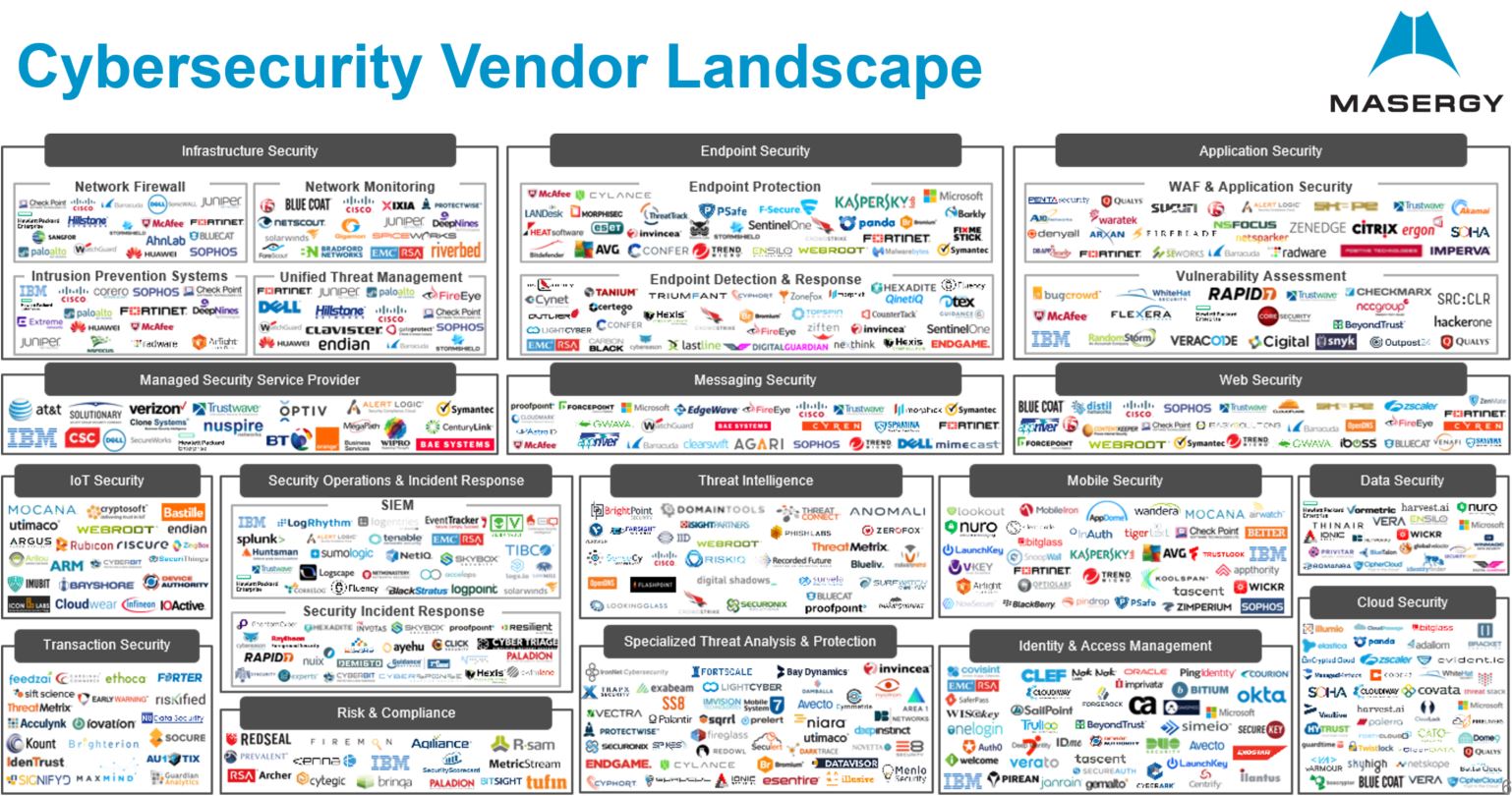 **Elevating the Role of CISOs in a Challenging Cybersecurity Landscape**
**Elevating the Role of CISOs in a Challenging Cybersecurity Landscape**
2024 is presenting significant challenges for Chief Information Security Officers (CISOs), who are tasked with defending organizations against increasingly complex and fast-paced cyber threats. These threats are fueled by emerging technologies like generative AI, making the task even more daunting. Furthermore, CISOs now face the risk of personal liability for breaches, as demonstrated by the precedent-setting verdict against a former Uber CISO.
CISOs often find themselves feeling unprepared and at risk, with 61% of them admitting they feel unprepared for a cyber-attack, and 68% believing their organizations are at risk, according to Proofpoint. The odds seem stacked against them, leading to the perception that they are scapegoats in the face of cyber threats.
To overcome these challenges and elevate the value of their cybersecurity programs, CISOs can take several steps. One crucial step is to bring their boards on board. While board members may not have a detailed technical understanding of cybersecurity, they play a vital role in evaluating the effectiveness of cybersecurity programs. Therefore, it is up to the CISO to establish clear communication and bridge the gap between the board and their team. By presenting cyber risk levels in monetary terms and providing actionable next steps, CISOs can align the board’s understanding with the organization’s cybersecurity needs and elevate their cybersecurity team’s role as value creators.
Another important aspect for CISOs is filing an honest SEC 10K report without increasing cyber risk. New disclosure requirements from regulatory bodies like the Securities and Exchange Commission (SEC) demand that CISOs have a comprehensive understanding of their material risks and disclose how they manage and mature their cybersecurity programs. However, many enterprises struggle to strike a balance between transparency and vulnerability to cyberattacks. Recent analysis of SEC 10K filings reveals that 31% of companies had no cybersecurity disclosures, and 23% did not quantify or describe how they manage cyber risk. CISOs must find a way to provide honest disclosures while preserving their organization’s cyber defenses. A good example of this is Lockheed Martin’s 2024 SEC 10K filing, which struck a balance by outlining specific cybersecurity policies, frameworks, and risk management methodologies.
Additionally, CISOs must address the challenge of a shortage of qualified cybersecurity professionals. According to Gartner, there are only enough professionals to meet 70% of the current demand. This gap in talent will continue to widen as the threat landscape evolves. To effectively manage cybersecurity risk, CISOs need complete visibility into vulnerabilities and the efficacy of their security controls. However, with vast amounts of data and limited team sizes, converting raw data into actionable insights becomes a challenge. This is where technologies like generative AI and deep learning can play a significant role. By leveraging these advanced technologies, security teams can analyze large volumes of data and vulnerability instances to gain real-time, actionable insights and reduce cyber risk.
In conclusion, the role of CISOs in the ever-evolving cybersecurity landscape is becoming increasingly challenging. They must not only defend their organizations against threats but also demonstrate the effectiveness of their cybersecurity programs to the board and regulatory bodies. To succeed in this role, CISOs must keep up with the latest technologies and ensure open and honest communication with non-cybersecurity stakeholders. By taking these steps, CISOs can embrace their role as value creators within their organizations.
Gaurav Banga, CEO and founder of Balbix, an AI-powered cybersecurity risk management platform, understands the challenges faced by CISOs through his work with Fortune 100 companies globally. He emphasizes the importance of these strategies in elevating the role of CISOs in the face of mounting cyber threats.

